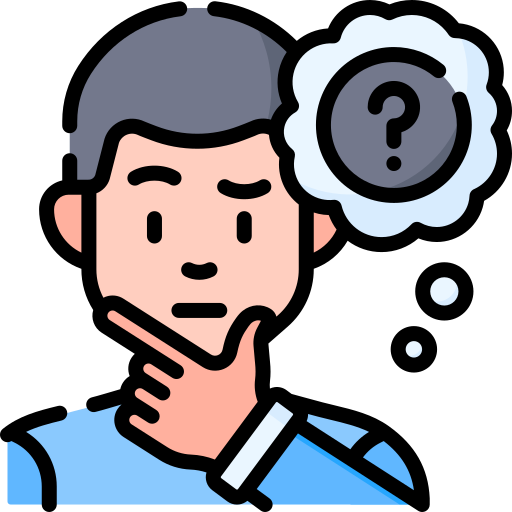Have you been diagnosed with obsessive-compulsive disorder (OCD)? Are you looking for an effective treatment for your OCD?
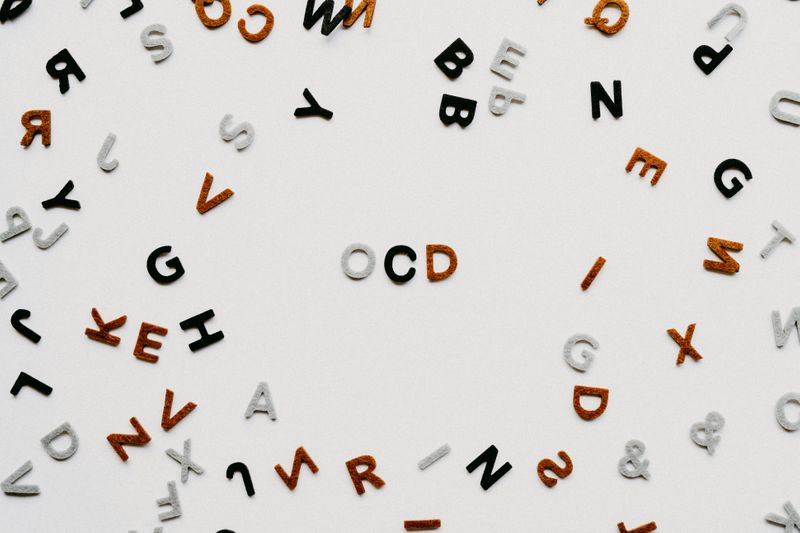 Photo by Annie Spratt on Unsplash
Photo by Annie Spratt on UnsplashWhen I first started getting help for my OCD, one treatment kept coming up: exposure and response prevention (ERP). When my therapist told me we'd be using it, I remember thinking to myself, "You want me to deliberately face the situations that are causing me my anxiety?"
ERP, the gold standard for OCD treatment, involves patients facing their anxiety triggers while resisting compulsive behaviors. 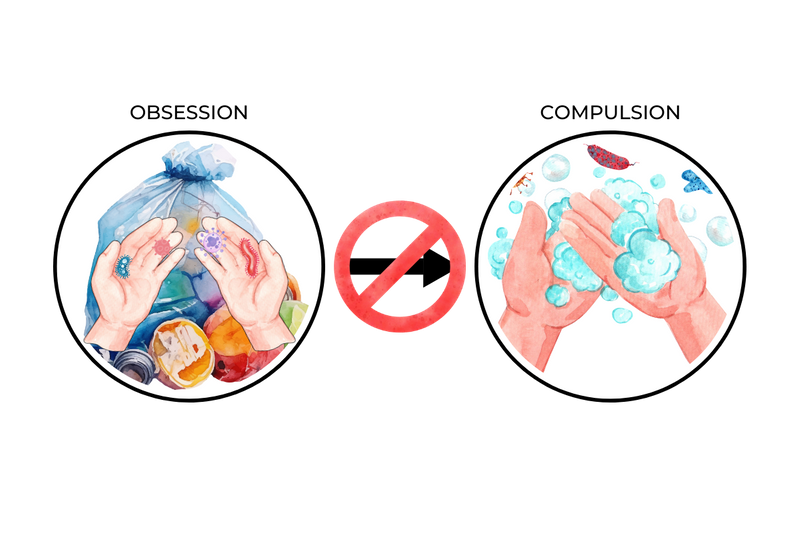 Image created by the author in Canva
Image created by the author in Canva
If you're anything like me, the thought of intentionally triggering anxiety can feel overwhelming. But what helped me get through was focusing on how exposure and response prevention therapy could help me heal from my OCD.
If you’re feeling unsure about exposure and response prevention therapy, I hope that learning about three potential benefits can give you the motivation and confidence to take that first step.
1. Reducing Your Anxiety
The primary benefit of exposure and response prevention therapy — and the one that truly helped me stay motivated — is reduced anxiety.
Reduced anxiety results from habituation, the process by which our bodies naturally adjust to repeated stimuli over time.
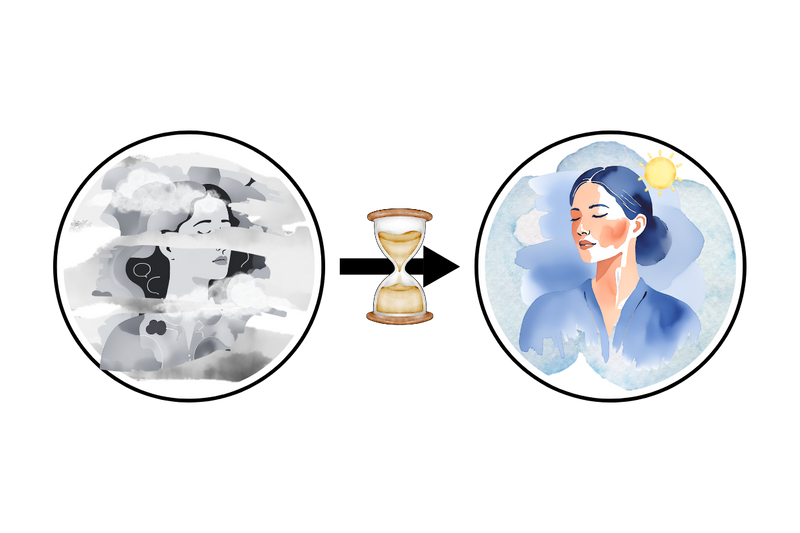 Image created by the author in Canva
Image created by the author in Canva
While it may sound like a complicated process, you've probably experienced habituation in your everyday life already:

Habituation to smells: When you first light a candle, its scent is strong. However, after a few minutes, you barely notice it! That’s because your brain adjusts and stops reacting to the strong smell.
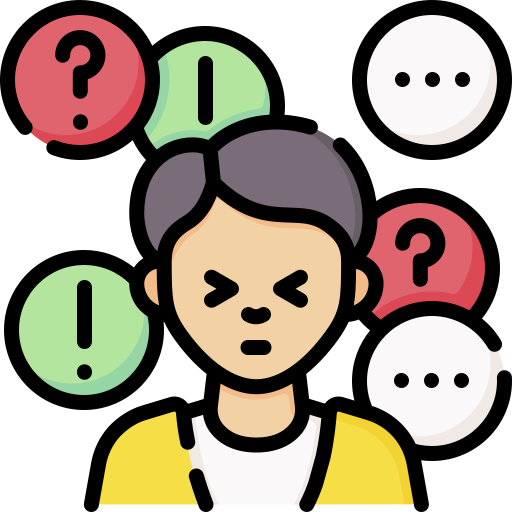
Habituation to anxiety:When an anxiety trigger strikes, you'll feel an overwhelming urge to engage with your compulsion. However, if you sit with the discomfort, the anxiety will gradually fade on its own.
In an exposure and response prevention therapy session, your therapist will help you face an anxiety trigger (e.g., touching a door handle for contamination OCD) and then guide you towards resisting the urge to engage in the compulsion (e.g., avoiding immediate handwashing).
At first, the anxiety will feel overwhelming, but you've got to remember that the discomfort won’t last forever.
Exposure and response prevention therapy will help your body adjust, and the anxiety will fade.
Quiz
Which of the following statements are true about ERP? Select all that apply:
2. Having More Time
As I continued practicing exposure and response prevention therapy, I noticed another major benefit: I had more time for work, rest, and the things I actually enjoyed.
OCD often steals hours of daily life, trapping us in these endless cycles of obsessions and compulsions. However, as ERP strengthens our ability to resist compulsions, the time we've lost to OCD slowly returns to us.

Imagine what you could do with this time!
To see how this benefit could improve your life, try this simple exposure and response prevention therapy exercise. Get something that you can either physically or digitally write on, and create a two-chart column:

On the left column, write down a specific experience when your OCD took over and an estimate of how many minutes you lost to your OCD.

On the right column, write down a few sentences describing what you'd do with that extra time if your OCD hadn't taken over.
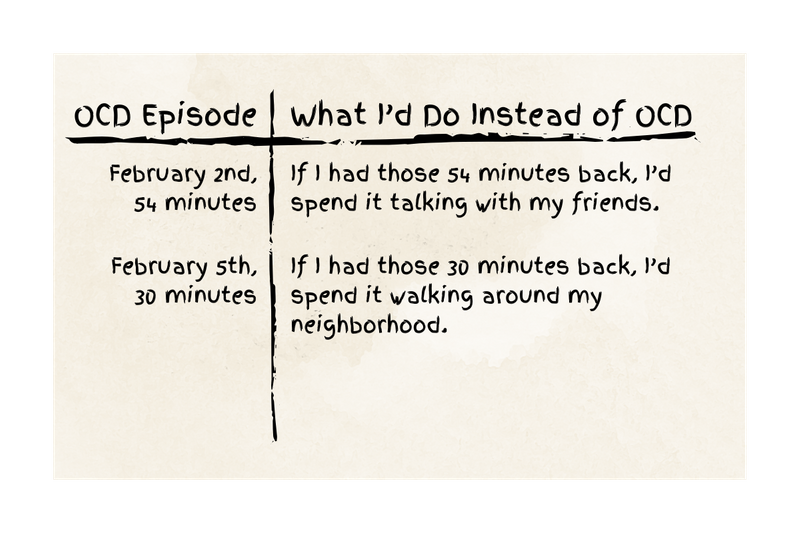 Image created by the author in Canva
Image created by the author in Canva
This exercise helped me realize that exposure and response prevention therapy wasn’t just improving my mental health, but it was giving me my life back. By seeing the time I could reclaim, I felt even more motivated to keep going with ERP.
3. Feeling More Resilient
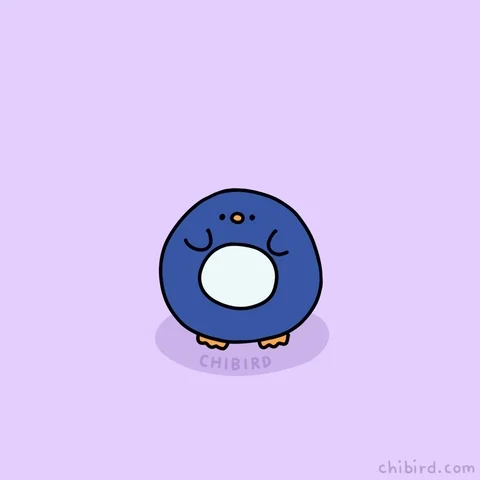
As I continued with exposure and response prevention therapy, I realized that the benefits weren’t just reduced anxiety or more free time, but alsoresilience.
Each time I faced my fears without giving in to compulsions, I proved to myself that I was stronger than my OCD.
That confidence carried over into other areas of my life, making other anxiety-inducing challenges and situations feel less overwhelming.
Try reflecting on your own experience of resilience.
Think about a time when you were facing an OCD trigger and resisted the urge to engage in a compulsion, even if for just a small amount of time. Write down:

What the situation was: I was driving my car and suddenly felt my car run over something.

How you felt in the moment: I felt extremely stressed and worried that I accidentally ran over someone.

How your anxiety changed over time: As I ignored the urge to turn my car around and check the spot that I drove over, I felt very anxious, but after a few minutes of ignoring the urge, I noticed the feeling got less intense over time.

What this experience taught you about your ability to handle discomfort: Even in moments where I feel my anxiety is so intense, I'm strong enough to resist. If I could resist in that moment, then I know I can resist in the future.
Recognizing your own resilience isn’t always easy, but exercises like this can remind you just how far you've come — and how much stronger you're becoming with every step forward.
Take Action
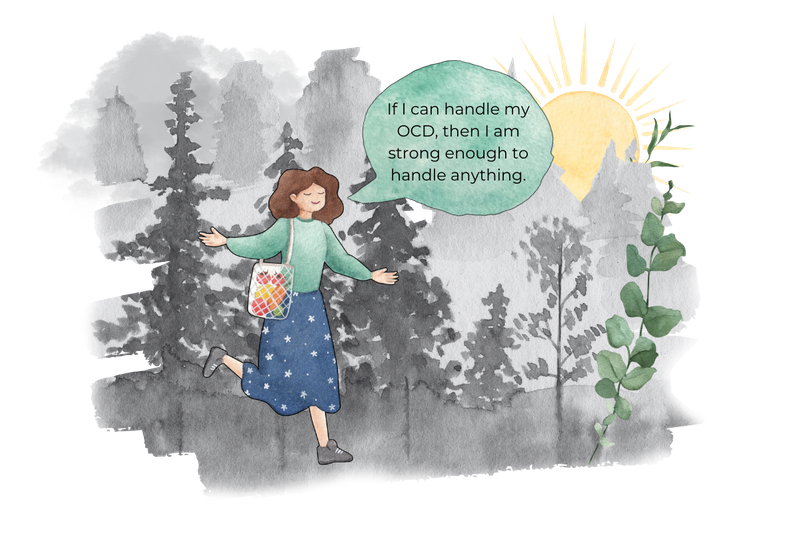 Image created by the author in Canva
Image created by the author in Canva
Exposure and response prevention therapy isn’t easy, but remembering the benefits can help you continue to move forward with the skill and your mental health.
Your feedback matters to us.
This Byte helped me better understand the topic.

